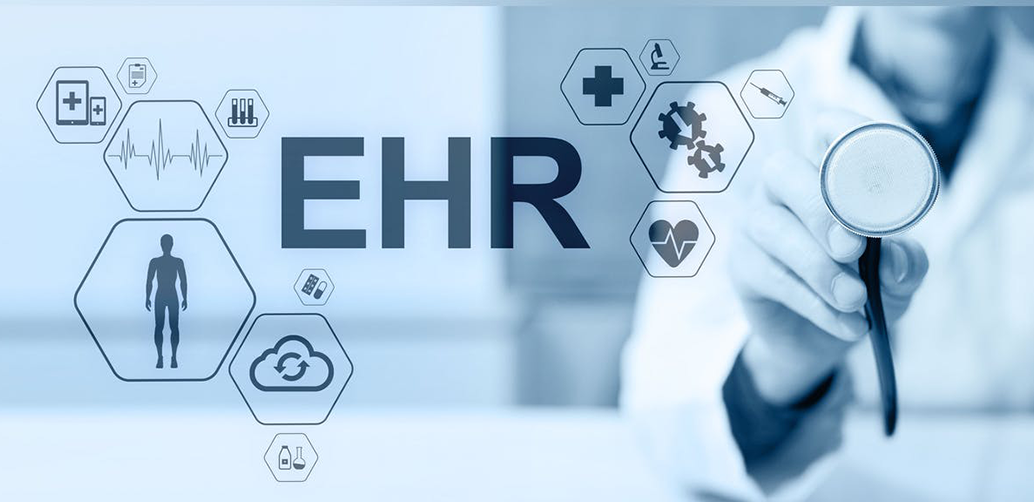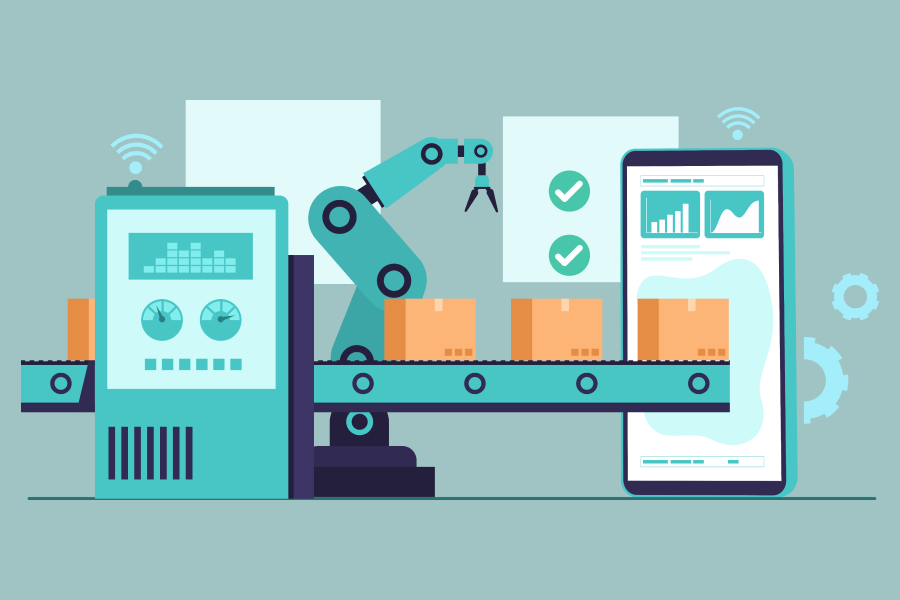The healthcare industry has been facing challenges post the coronavirus pandemic. With digitalization in healthcare growing at a rapid speed, it is crucial that healthcare facilities are at par with the existing digital advancement in the healthcare industry.
Healthcare professionals use analytics and data provided by EHR systems to improve care delivery and boost patient outcomes. The healthcare industry’s reliance on telemedicine has rapidly increased and healthcare professionals are observing a tremendous value in telemedicine and EHR integration.
Why should healthcare facilities need to focus on telemedicine and EHR software integration?
It offers convenient and easy care delivery for patients: Telemedicine enables healthcare professionals to offer accessible and convenient care delivery for patients. Telemedicine addresses critical shortages in the care delivery system, by offering quality healthcare to people residing in remote areas. With the rapid increase in demand, telemedicine is used in most places across the world.
Healthcare facilities may use it to provide basic healthcare or even help in monitoring patients with severe mobility issues to seek healthcare faculty from home. Telemedicine offers healthcare facilities to enjoy the power of breaking down the typical geographical barrier to quality care access. In addition to that, it also makes the whole healthcare delivery more convenient and accessible to patients.
Lowers healthcare costs: Developed countries like the United States spend over $2.9 trillion on healthcare each year. For access to quality healthcare, patients do have to incur additional costs in time and money. In addition to the regular expenditure levied on the patient for healthcare services, an estimated $200 billion out of those costs are avoidable and unnecessary spending. Telemedicine reduces healthcare expenditure by reducing unnecessary medication non-adherence, ER visits. Telemedicine makes healthcare facility visits efficient and cost-effective.
Patients have access to consults from specialists: Telemedicine offers a healthcare facility to expand patients’ access to a consultant niche medical specialist. Such facilities make it convenient for patients to consult medical specialists on a severe case instead of only receiving primary care doctors.
Boosts patient engagement
Post the pandemic the surge in the demand for mobile applications and telemedicine is a clear indication that patients want to incorporate technology in their healthcare facilities. Telemedicine ensures patients can engage with healthcare facilities. It allows them to connect with healthcare professionals frequently and conveniently. In addition to providing patients with quality healthcare, telemedicine also enables patients to feel empowered by managing their health care.
Better quality care delivery: Telemedicine makes it convenient for health care service providers to follow up with patients. Whether healthcare facilities are using a more extensive remote patient monitoring system to regulate the patient’s health or doing a video chat to answer questions regarding medication after a hospital discharge – telemedicine ensures a better care outcome for patients.
What are the core features that that telemedicine with EHR integration must have:
Synchronized Patient Insurance Data: With many insurance companies covering telehealth services with varying coverages it can be challenging to manage insurance data. By incorporating this in your healthcare facility it makes it convenient for healthcare professionals to have access to patients’ insurance information. Integrated telemedicine and EHR systems make it easier for healthcare practitioners and staff to easily verify patients’ eligibility and benefits.
Single-point Data Entry: the telemedicine EHR software enables providers and staff to work error-free by never allowing them to enter the same information twice. Healthcare professionals can create a detailed record of the telehealth visit after the remote consultation, by employing software integration that unites EHR and telehealth, there is no multiple registers just one software where all information for your healthcare faculty will be stored. Once all the information is gathered after a telehealth visit, it is automatically added to the patient’s health record. This helps streamline data entry in the healthcare faculty and reduces the chance of errors.
Improves Workflow: Clinicians can streamline operations with telemedicine systems and EHR software being integrated. It offers a better experience for the healthcare professional conducting telehealth consultations, the administrative staff, and for patients. By incorporating this software medical professionals will have access to a unified interface and centralized data. It makes every operational step, from scheduling to appointment follow-up, occur with zero friction.
Patient-focused Reporting: Recorded telehealth consultation is made available to the patient in an easy-to-understand format to ensure that the patient has understanding and access to their health concerns. The software summarizes the diagnosis and explains the practitioners with fully integrated systems that also allow patients to access their medical history.
Optimized Patient Care Experience: Medical professionals can conduct audio/video consultations seamlessly with reference to previous health records. It makes it easier for healthcare professionals to prescribe treatments when they have easy access to patients’ medication allergies and pharmacy data before issuing E-prescriptions.
Security and Compliance: It is vital that the healthcare facility ensures the security of patient data. It must be the top priority for healthcare providers. Electronic medical records are now standard in the healthcare industry. However, telemedicine EMR integration ensures that the storage, collection, and sharing of data is compliant with all regulations set by authorities. In addition to that, it also allows organizations to meet various standards in healthcare information exchange.
Final thoughts:
While the scare for coronavirus has almost come to its end, the high demand for telemedicine is sure to stay. Telemedicine and EHR integration allows clinicians to leverage technology and the existing EHR system to enhance care delivery and achieve better patient outcomes. If you are looking for a way to improve your healthcare faculty by enabling ready access to patient data in a sharable yet secure manner then telemedicine is the answer.
SoftGrid Computers create telehealth solutions that are tailor-made for your healthcare facility. We also provide consultations with healthcare professionals to ensure that the software integration fits seamlessly within your healthcare facility and ensure you have real-time patient data access always.

 Web and Full Stack
Web and Full Stack CMS and Frameworks
CMS and Frameworks Online Marketing
Online Marketing Cloud Services
Cloud Services ECommerce
ECommerce Mobile
Mobile



